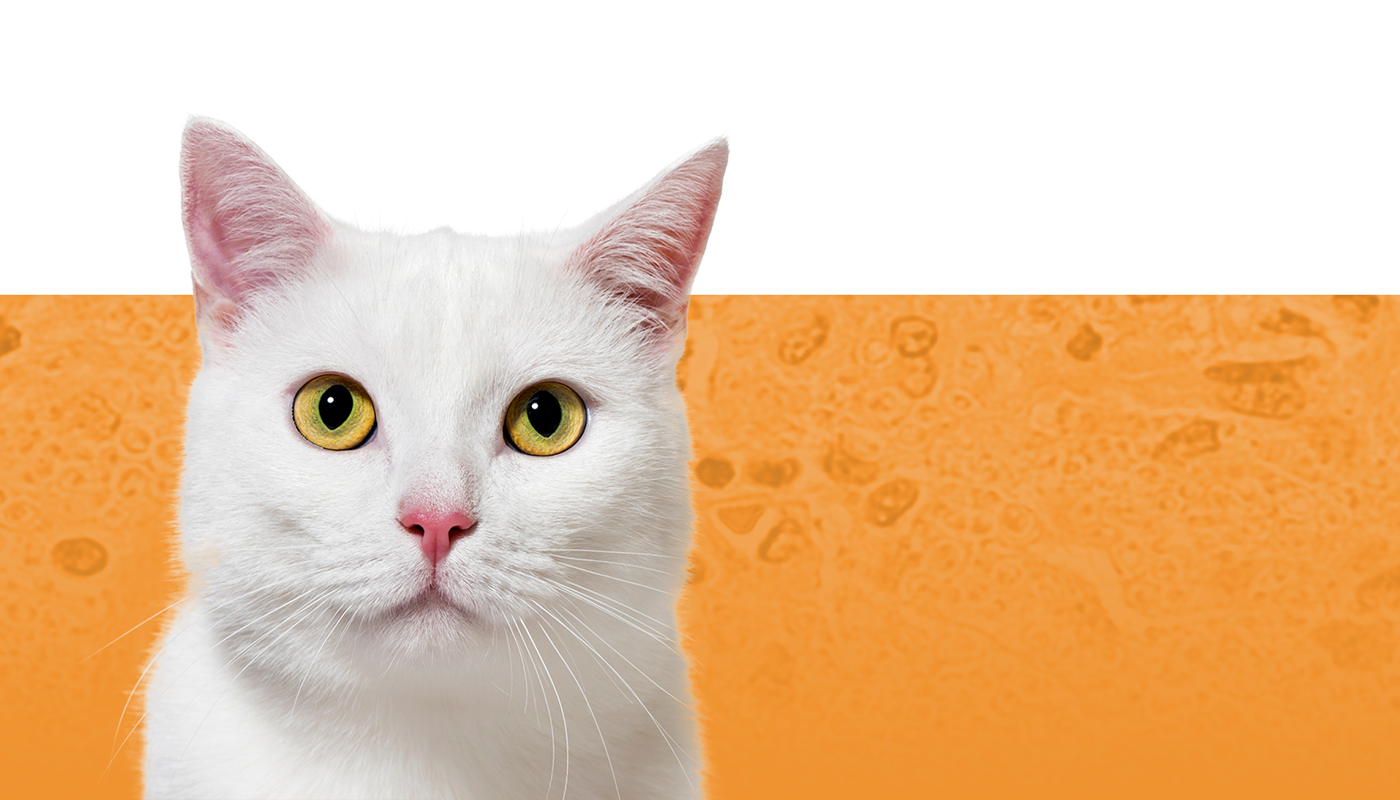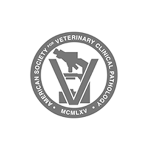Understanding Fungal Infections Affecting Your Pet


If your pet has recently been diagnosed with histoplasmosis,
it’s necessary to follow the advice of your veterinary counsel.
Histoplasmosis is not contagious in other animals or humans.
A veterinarian can successfully treat the infection with antifungal medication.
How Do Animals Contract Histoplasmosis?
Typically, dogs or cats become sick with histoplasmosis after exploring areas like barns, sheds, chicken coops, and other outdoor structures. When they do, they risk disrupting dirt, dust, or soil contaminated through bird or bat droppings, which causes them to inhale fungal spores.
Histoplasmosis isn’t only contracted by outdoor pets. There are cases where cats who never leave the house still become infected. In these cases, other animals and their owners risk exposure to the same fungal spores, as they may originate from the home. Talk to your physician if you have concerns about yourself or others in your home.
How Is Histoplasmosis Treated?
Prompt diagnosis leads to a greater chance of recovery, as histoplasmosis is a potentially life-threatening infection. Following a diagnosis, antifungal medications are often prescribed by veterinarians. This may include amphotericin B, itraconazole, fluconazole, posaconazole, voriconazole, or terbinafine, in addition to corticosteroids as an anti-inflammatory. These medications may be given orally, at home, or intravenously at your veterinarian’s office. Your veterinarian might also recommend other treatments depending on the severity of your pet’s illness.
As a pet owner, it’s important to understand that your pet’s condition may look worse after the first few weeks of treatment before noticeable improvement after 1-2 months. This experience is normal and occurs with many animals. Outcomes improve when owners follow their veterinarian’s prescribed prescription schedule, as the treatment duration usually is scheduled across at least six months.
At-Home Treatment and Veterinary Monitoring Schedules
Improvements may seem slow after treatment begins. After the first month, animals typically show noticeable improvement – with even more improvement after the second month.
During treatment, monitor your pet for any side effects that may occur from taking antifungal medication. It’s vital to monitor through physical examinations, blood work, and antigen testing as your veterinarian sees fit. It’s typical for antigen testing to occur every three months during treatment, six months, and 12 months after treatment is complete.
As your pet’s health improves, you’ll continue to watch for any signs of illness. Once treatment is complete, it’s essential to keep in contact with your veterinarian as you monitor for any relapses in infection. Relapses detected early can be treated again with antifungal medication. Histoplasmosis is challenging to clear completely, with 20% of animals at risk of relapse after stopping initial antifungal treatments.
Monitoring Where Histoplasmosis Infections Occur
The CDC estimates histoplasmosis mainly occurs in the Eastern half of the United States and California (as well as in other countries). The disease is contracted twice as frequently in rural areas than in urban areas.
Monitor your pet’s outdoor activities to keep them from wandering into old, wooden buildings that may increase their risk of exposure. Avoid exploring caves with your pets, and watch their activity closely at local parks.
If landscaping outside around any soil that you worry may contain Histoplasma spores, consider wearing respiratory protection yourself while keeping your pets at a safe distance. Safely cleaning old wooden barns, sheds, coops, or playgrounds can also help prevent spore inhalation when your pets eventually wander into these areas due to their natural curiosity.









